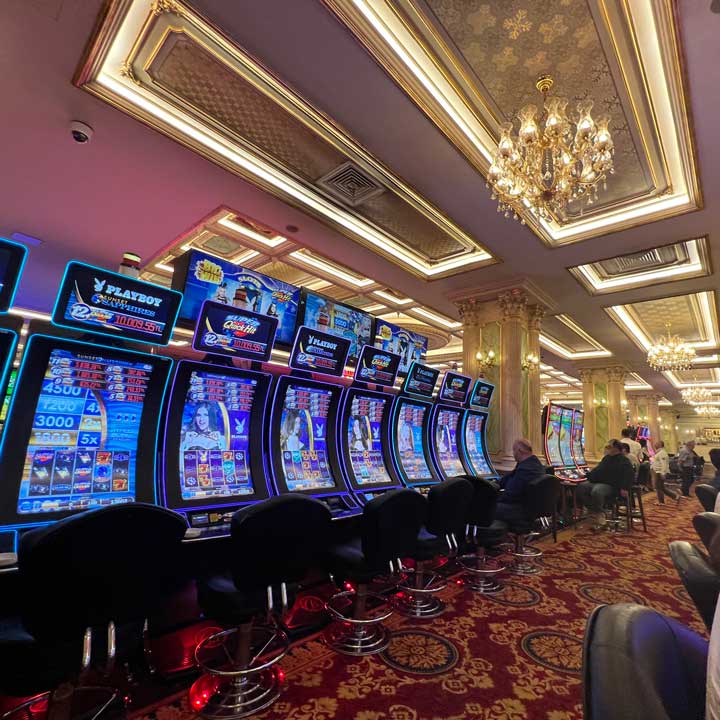
In the dynamic and exciting world of gaming establishments, where luck and strategy intertwine, hues and design play a pivotal role in attracting gamblers. As soon as visitors step into a casino or log into a gaming platform, they are enveloped in a sightly feast that grabs their attention and entices them to discover further. Vivid colors, captivating graphics, and innovative layouts are carefully crafted to create an atmosphere of excitement and expectation, ultimately improving the gaming encounter.
As gamblers move through the dynamic landscape of casino games, they encounter a range of designs that not only serve aesthetic purposes but also influence feelings and decision-making. Hues like red and yellow symbolize riches and fortune, while calm blues and greens can create a much tranquil environment. Understanding how these elements function together allows casinos to create an welcoming and stimulating atmosphere that encourages players to engage with the games, spend more time at the tables, and increase their general enjoyment.
The Study of Hue in Gaming Establishments
Tint plays a key role in the design of gambling games, influencing players’ feelings and actions. Vivid and bold colors, such as scarlet and amber, are often used to ignite thrill and capture focus. These shades create a sense pressure and vitality, encouraging players to participate more readily with the experience. By intentionally selecting colors, developers aim to evoke feelings of joy and excitement, which can enhance the total game experience.
Different shades also have psychological connotations that can influence how gamblers perceive their possibilities of winning. For example, green is commonly associated with luck and prosperity, making it a well-liked choice in games like the roulette wheel and poker setups. This connection can cause participants to feel more optimistic and assured in their gaming, ultimately motivating them to wager more. Comprehending these connections allows game designers to design environments that enhance player satisfaction and engagement.
Furthermore, the layout of gambling game interfaces often employs color gradients and opposing shades to guide players’ actions. For instance, winning results may be emphasized with striking, contrasting colors, creating a visual reward. This approach supports successful results and supports repeated participation. By utilizing the psychology of color, casinos can develop activities that not only captivate players but also maintain them involved and invested in their play experience.
Design Features that Engage Players
The aesthetic appeal of casino games is largely influenced by the use of bold colors. Lively and striking colors are deliberately chosen to create an inviting atmosphere that captures attention. For example, reds and golden hues often signify good fortune and prosperity, which is why they are prevalent in the palettes of gaming machines and game surfaces. These colors not only attract players in, but they also evoke emotions related to excitement and expectation, enhancing the total gaming experience.
In parallel to color, the design and organization of gambling games play a significant role in player attraction. Games are designed to be user-friendly, ensuring that players can quickly understand the rules and gameplay. Accessible interfaces, along with engaging graphics and motion, help maintain gamer interest and encourage extended play sessions. The physical elements, such as the feel of the buttons and the audio of the games, also contribute to a comprehensive sensory experience that keeps players engaged.
In conclusion, conceptual elements in gaming design can greatly influence player choice. 69VN Many casino games are inspired by popular culture, myths, or exploration motifs, featuring symbols and characters that connect with players. These themes create a sense of engagement and connection, making each game feel distinct. https://69vn.travel/ When players feel a connection to the theme, they are more likely to choose that game over others, leading to higher participation and enthusiasm within the casino environment.
Case Studies: Notable Casino Game Designs
One noteworthy example of effective casino game design is the popular slot machine series themed around popular movies. Games such as those based on the The Wizard of Oz and Game of Thrones utilize bright colors and high-quality graphics to enthrall players in well-known narratives. The application of moving visuals and engaging sound effects captures the interest of players, establishing an affective connection to the theme. This approach not only fosters longer play but also enhances the overall gaming experience, leading to increased player retention.
Another successful case is the application of color psychology in table games like 21 and the wheel. Casinos often create these games with deep reds and greens, colors traditionally connected with luck and wealth. For instance, the emerald felt on a blackjack table provides a soothing effect, while the crimson accents in the wheel invite anticipation. This thoughtful use of color helps to create an inviting atmosphere that stimulates players to participate, fulfilling their psychological impulses and enhancing their enjoyment.
Finally, social casino games that include social features and lively, lively designs have seen remarkable success in engaging players. Games like Zynga Poker and Slotomania leverage vivid colors and playful animations to establish an inviting online environment. The inclusion of leaderboards, social sharing options, and in-app rewards encourages competition and community, pulling players in for longer sessions. Such designs merely make the games visually attractive but also highlight social interaction, a vital factor in player retention and engagement within online casino environments.